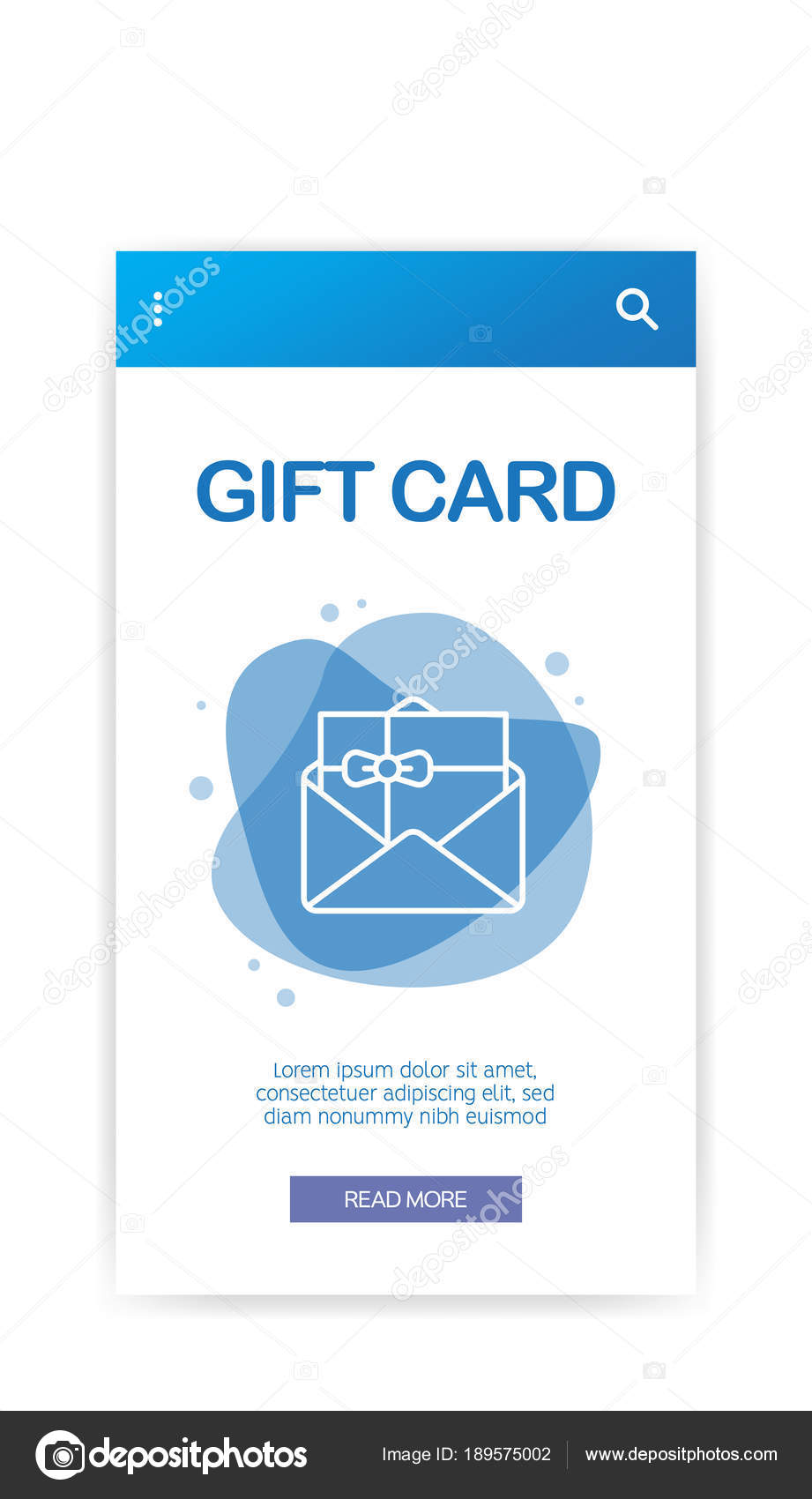Engraved glass has played a role in cultural events given that primitive times. Inscriptions can serve a variety of purposes, from noting area to communicating ideas and tales to uneducated neighborhoods.
Nonetheless, engraved glass has recently struggled with declining popularity and now discovers itself on the Heritage Crafts Red Listing of Endangered Crafts in the UK. The seminar went over the different aspects adding to this decrease.
Lights
Engraved and etched glass is a sturdy product, making it excellent for honors and prizes. It's additionally hefty, which connects a feeling of strength and durability. Including etching includes a level of elegance and raises the aesthetic, making it an optimal option for high-end recognition.
At the intermediate degree, sustainability in Cultural Illumination Style needs a refined understanding of illumination techniques and nuanced interpretation of cultural context. This includes incorporating life cycle assessment methods to recognize the ecological influence of the whole item, from basic material extraction and producing through operation and disposal.
In addition, lighting needs to be incorporated with power effectiveness. This balance of cultural authenticity and power awareness can be accomplished with using intelligent, modern approaches that lower power usage without jeopardizing the stability of cultural space. This is usually completed with the application of an energy audit, which identifies locations for renovation and sets a baseline against which to gauge efficiency.
Significance
Engraved glass is a powerful social sign. It bridges the gap between art and communication, and envelops deep spiritual and philosophical significance. In addition, it acts as a centerpiece around which customs and societal standards progress. These modifications can be triggered by social or historic occasions. For example, the lotus flower stands for purity, enlightenment and rejuvenation in Hinduism and Buddhism however was co-opted by Nazism, demonstrating the fluidness of social signs.
Conference audio speaker and glass artist Alison Kinnaird6 MBE discussed her one-of-a-kind creativity, which is characterised by a blend of old engraving strategies with modern lighting technology. Her job is featured in many distinguished public and private collections worldwide.
Empowerment
Empowerment is the procedure of providing people accessibility to their own power, authority and impact to ensure that they can use this toughness when involving with others in society. It additionally implies supporting calligraphy styles for glass them to create the skills they require to prosper in their own areas.
Engraved glass is a kind of ornamental art, in which designs are sculpted into the surface area of a glass short article with a wheel, a ruby scribing device or another sharp things. The engraved surface area may be left harsh, etched or refined. Engraved and etching are methods of design that differ from cut glass, in which the surface area is polished to recover transparency.
The luxurious colors and intricate styles of glass awards signify beauty and stature, motivating receivers to assess their success and cultivate individual growth. They can additionally strengthen that all staff members' contributions, no matter their setting within an organization, play a crucial role in its success. This fair acknowledgment influences staff members to continue going beyond expectations and welcoming a culture of quality.
Recognition
Personalized glass and etching are both high-quality methods that generate beautiful outcomes. Nonetheless, you'll need to make a decision whether one or the other is better suited for your task. Engraving is excellent for larger layouts and glasses, while etching jobs well for smaller pieces.
Inscription is a technique that includes developing a style externally of a piece of glass using a diamond-point or etching burin. This procedure can produce incredibly in-depth images, and proficient craftsmens can achieve shading impacts by differing the depth of the inscription.
Inscription has been around considering that Mesopotamia, and it prospered during the Renaissance duration in Europe in the 1500s. Yet, as cut glass took over and new methods like etched glass arised (which were less expensive to create than inscribing), engraved glass fell out of support. Nonetheless, it remains an excellent selection for award and trophies. Its weight and longevity provide a sense of value, while its fragile lines convey the idea that it's an unique honor to be recognized by such a gorgeous piece of glass.
